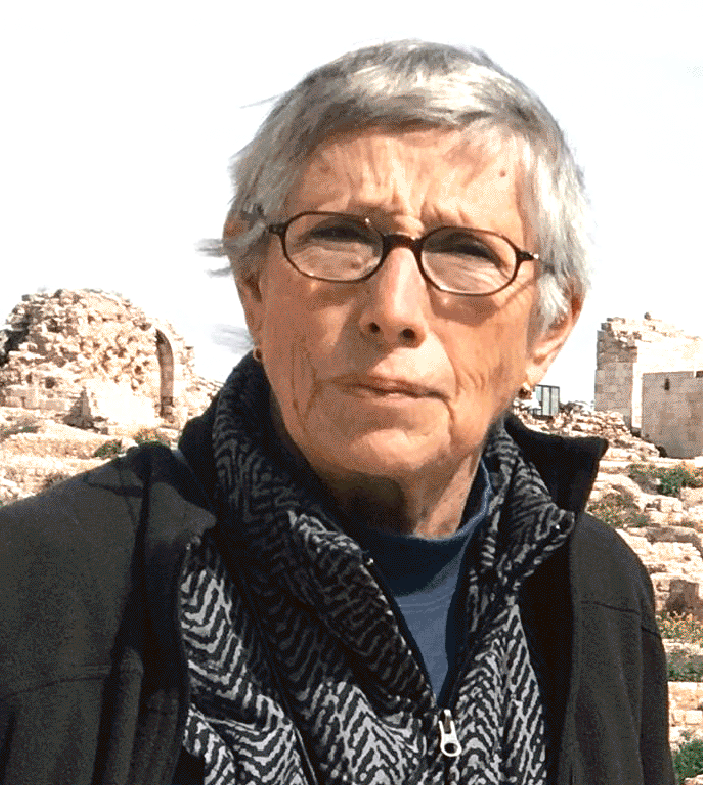Before Israel's most deadly and devastating war on Gaza, the UN Conference on Trade and Development (UNCTAD) issued repeated reports on conditions in Israeli-occupied Gaza, warning that Israel had a long-term policy of "de-development".
In a report released on October 25th as Israel carpet bombed Gaza, UNCTAD wrote, "Since June 2007, Gaza suffered several military operations and has been under a land, sea and air closure. Gazans need permits to move in and out of the strip through two land crossing points controlled by Israel.
"Restrictions on the movement of people and goods, destruction of productive assets in frequent military operations and the ban on the importation of key technologies and inputs have hollowed out Gaza’s economy.
"Investment in 2022 diminished to 10.7 per cent of Gaza’s GDP — or a meagre 1.9 per cent of the Palestinian GDP. Between 2006 and 2022, Gaza’s real GDP per capita shrank by 37 per cebt, while its share in the Palestinian economy contracted from 31 to 17.4 per cent.
"The restrictions on movement also impede access to health and other essential services, as 80 per cent of Gazans depend on international aid.
"Living in Gaza in 2022 meant confinement in one of the most densely populated spaces in the world, without electricity half the time, and without adequate access to clean water or a proper sewage system.
"It meant a 65 per cent probability of being poor, 41 per cent probability of dropping out of the labour force in despair, and for those looking for work, a 45 per cent probability of being unemployed," the report concludes.
UNCTAD is, of course, correct. But Israel's systematic "de-development" of Gaza began with its permanent occupation. In 1995, the Washington-based Institute of Palestine Studies published "The Gaza Strip: The Political Economy of De-development" by Harvard University's Sara Roy, who has made truth-telling on Gaza her life's work. Daughter of two Holocaust survivors, she visited Israel repeatedly and found that neglected Gaza was the victim of Israel's policy of de-development designed to keep its population in poverty and dependant on Israel. Roy revealed that after conquering Gaza in 1967, Israel had followed a policy of pacification, normalisation and integration.
She said pacification involved not only eliminating resistance but also depopulating the narrow coastal strip by deporting 75,000 of its residens and refusing to allow the return of 25,000-50,000 Gazans who were abroad at the time of the occupation, many of them working in the Gulf and elsewhere. Therefore by 1968, Israel had reduced Gaza's population by 25 per cent. Israel also encouraged Gazans to move to the West Bank where agricultural jobs were available, diminishing further the number of Gazans living at home.
Israel normalised relationships between the occupier and indigenous population by encouraging local institutions and charitable organisations to look after the local population. This enabled Israel to shrug off responsibility for Gazans' welfare although Israel is required to assume this role by International law governing the behaviour of occupying powers.
Israel's occupation destroyed the economy developed during Egyptian rule (1948-1967) and integrated Gaza into Israel’s economy by linking electricity to its grid, water to its system, and making Gaza totally dependent on Israel for imports and exports and employment. Gazan workers were eventually permitted to take up manual jobs within Israel itself. There was little investment in agriculture, manufacturing, and commercial enterprises, depriving the economy of growth.
There was a brief window of opportunity to change Sara Roy's grim picture of Gaza between 1993 after the Oslo Accord was signed and 2006-2007. When Palestinian leader Yasser Arafat returned to Gaza in 1994, he based Palestinian Authority governance in Gaza, removing the strip from direct Israeli administration and control. Palestinian planners worked at developing the strip's infrastrucure and investors built hotels, restaurants, industries and commercial firms. Political institutions were created by 1996 presidential and parliamentary election — praised by ex-US president Jommy Carter as among the most democratic he ever monitored. President Bill Clinton formally inaugurated Gaza's international airport in December 1998 and addressed Gazan's elite at a gathering in the Rashad Shawwa Cultural Centre. Clinton's visit did not lend momentum to the stalled Oslo peace process which he and then Israeli premier Ehud Barak blamed on Arafat who refused to accept the bad deal which Barak was prepared to offer. This allowed Israel to retain illegally occupied East Jerusalem, land west of its West Bank barrier, and control of the West Bank border with Jordan.
Gaza appeared to be progressing politically and economically until Israel failed to deliver an end to Israel's occupation by 1999 and the emergence of a Palestinian state in Gaza, the West Bank and East Jerusalem. Israel never had any intention of allowing this to happen. The second intifada erupted in 2000.
As it wound down in 2005, Israel withdrew its military and settlers from Gaza. But, instead of ending its control, Israel besieged and blockaded Gaza and isolated its population. After Hamas triumphed in the 2006 legislative election and expelled Fateh's corrupt and violent security forces from the strip in June 2007, Israel not only tightened its grip on Gaza but also waged murderous and destructive military campaigns on Gaza in 2008-2009, 2012, 2014 and 2021. Israel's strategy during these offensives was to "mow the lawn:" to reduce the effectiveness of the Hamas-led resistance.
During its ongoing all-out operation, Israel seeks to eliminate Hamas and is prepared to risk international opprobrium by bombing civilians and destroying homes, hospitals, roads, schools and refugee camps with the ultimate aim of driving all or most of the 2.2 million Gazans from Palestine.
